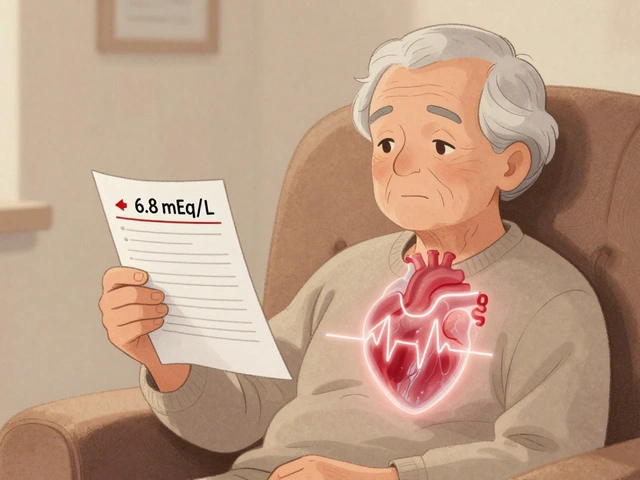Benzodiazepines: what they do and how to use them safely
Benzodiazepines are fast-acting medicines used for anxiety, panic attacks, muscle spasms, seizures, and short-term insomnia. Names you’ll see include alprazolam (Xanax), lorazepam (Ativan), diazepam (Valium), clonazepam (Klonopin) and temazepam (Restoril). They calm the brain quickly, which is great in a crisis, but that speed is also why dependence can develop within weeks.
Practical risks and key drug interactions
Side effects to watch for: drowsiness, slowed reaction time, memory problems, dizziness and poor balance. Older adults are at higher risk for falls and confusion. Combining benzodiazepines with opioids, alcohol, or strong sedating antihistamines can dangerously slow breathing — avoid mixing these. Also be careful with certain antidepressants and antipsychotics that increase sedation.
If you take them long term you may notice tolerance (needing more to get the same effect) and physical dependence. Stopping suddenly can cause withdrawal symptoms such as anxiety rebound, insomnia, tremors, and in severe cases seizures. If you have a seizure disorder, stopping without medical help is risky.
Smart use, tapering, and safer options
Use benzodiazepines for the shortest time possible. For insomnia, most guidelines recommend no more than 2–4 weeks. For acute severe anxiety or panic, they can be a bridge while longer-term treatments (therapy, SSRIs) take effect.
If you want to stop, talk to your prescriber about a plan. A common approach is switching short-acting drugs to a longer-acting one like diazepam, then slowly reducing the dose — often by about 10% each week of the original dose. That timeline can stretch to months depending on dose and how long you’ve taken them. Never quit cold turkey if you’ve used them regularly for weeks or months.
Non-drug choices that work well: cognitive behavioral therapy (CBT) for anxiety and insomnia, SSRI or SNRI antidepressants for ongoing anxiety, melatonin and sleep-hygiene changes for sleep problems, and short-term use of non-addictive meds like hydroxyzine in some cases. These reduce long-term risk without the dependence issue.
Emergency signs — call help if you or someone else has severe breathing problems, extreme confusion, fainting, or a seizure after stopping benzodiazepines. For safer day-to-day use, keep doses low, don’t mix with alcohol or opioids, review all medicines with your doctor or pharmacist, and create a clear taper plan when it’s time to stop.
If you have questions about a specific benzodiazepine, interactions, or how to taper safely, check the individual drug guides on this site or ask your healthcare provider for a tailored plan.
25
Is Ativan Bad for Your Heart? Cardiologist Facts and Risks Explained
Curious if Ativan is risky for your heart? Get facts on heart health, the science behind benzos, what cardiologists say, side effect tips, and safety data in one clear guide.
Latest Posts
Popular Posts
-
 How to Keep Medications Safe from Children and Pets at Home
How to Keep Medications Safe from Children and Pets at Home
-
 Small Intestinal Bacterial Overgrowth: Breath Tests and Treatment Explained
Small Intestinal Bacterial Overgrowth: Breath Tests and Treatment Explained
-
 Dangerous Hyperkalemia from Medications: Cardiac Risks and Treatment
Dangerous Hyperkalemia from Medications: Cardiac Risks and Treatment
-
 Generational Differences: How Age Shapes Attitudes Toward Generic Medications
Generational Differences: How Age Shapes Attitudes Toward Generic Medications
-
 Over-the-Counter Medication Safety: Hidden Ingredients and Interactions You Can't Afford to Ignore
Over-the-Counter Medication Safety: Hidden Ingredients and Interactions You Can't Afford to Ignore



